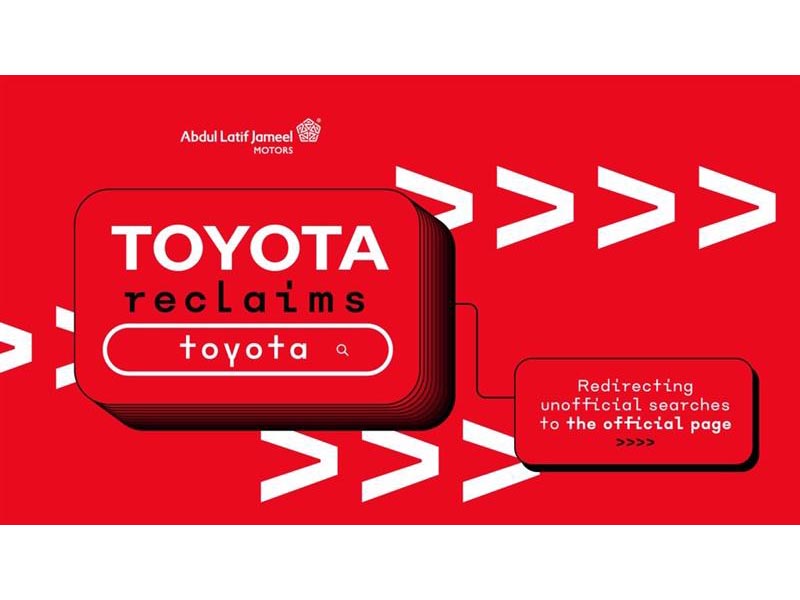News - Digital/Tech
Why presentation pays off – how a well-designed user interface and experience help your website’s overall ranking
by Mahmoud Alhamed, Serviceplan Group ME
August 16, 2023
.jpg) Advertisement
AdvertisementIn today's digital age, having an online presence is essential for businesses of all sizes. A well-designed website not only attracts potential customers but also plays a crucial role in determining your website's visibility in search engine results.
Here’s an overview of how important user experience (UX) and user interface (UI) are in SEO and website ranking.
User Experience (UX) - The Heart of Engaging Websites:
UX refers to the overall experience that users have when they interact with a website. It includes elements such as the website's layout, navigation, and ease of use. In a fast-paced, short-attention-span world, capturing and maintaining a user's interest is paramount.
User Interface (UI) - The Visual Gateway:
UI is the visual design of a website. It includes factors such as the website's colours, fonts, and overall look and feel. UI plays a pivotal role in forming a user's first impression of your website. A well-designed UI can establish trust, professionalism, and brand identity, making users more likely to engage with your content and share it on social media.
The Synergy Between UX, UI, and SEO:
While UX and UI are distinct components, they work in synergy to influence a website's search engine optimisation (SEO) and ranking. Both, UX and UI, can affect SEO and website ranking in many ways. A website with good UX is more likely to keep users engaged, which can lead to longer dwell times and lower bounce rates. This can signal to search engines that the website is valuable and relevant, which can improve its ranking.
Additionally, a website with good UI is more likely to attract backlinks from other websites. Backlinks are links from other websites to your website. They are a crucial ranking factor for search engines as they signal trust and authority.
UX and UI can affect SEO in more subtle ways as well. A visually appealing and well-structured website is more likely to be shared on social media, enhancing its social signals, and subsequently improving ranking potential.
As such, if you are looking to improve your website’s ranking, it is important to consider both UX and UI.
Here are some tips to improve the UX and UI of your website, and boost SEO and website ranking:
- Intuitive Navigation: Website must be easy to use and navigate. Users should be able to find what they are looking for quickly and easily.
- Clear and concise language: Your website's content should be easy to understand. Make the content accessible to a broad audience.
- Visual Appeal: Use high-quality, optimised images and videos. Visual content can help to engage users and keep them on your website.
- Mobile Optimisation: Optimise your website for mobile devices. With the increasing number of mobile users, it is essential to deliver a seamless experience across all devices.
- Core Web Vitals: To enhance your website's performance, focus on elevating your Core Web Vitals scores, encompassing metrics like Largest Contentful Paint (LCP), First Input Delay (FID), and Cumulative Layout Shift (CLS). These play a pivotal role in making your site more enjoyable, functional, and responsive.
In conclusion, the relationship between UX, UI, and SEO is a critical one. A well-thought-out user experience, complemented by an appealing user interface, can significantly impact your website's overall ranking on search engine results.
By following these tips and incorporating UX and UI best practices, your website can not only attract more visitors but also keep them engaged and improve your search engine ranking. Remember, prettiness pays off when it comes to enhancing your website's UX and UI for better SEO results.



.jpg)










